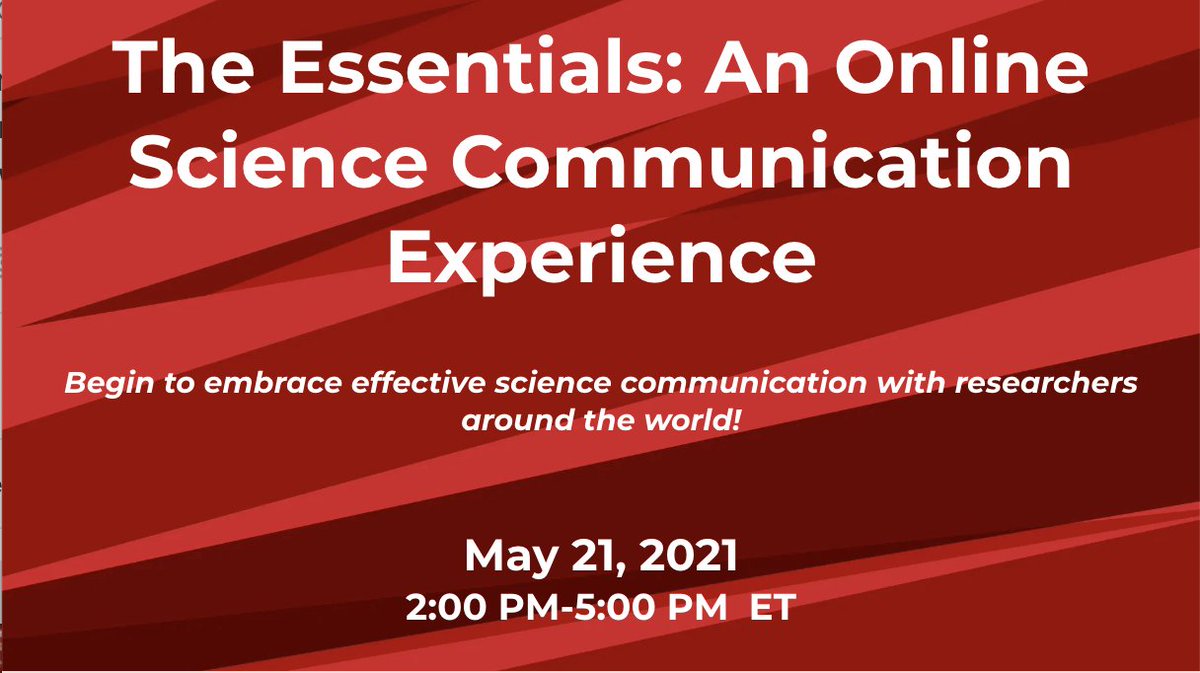Engagement and Storytelling
How to tell an engaging science story from your research project
Since the beginning of human consciousness, stories have been fundamental in our culture. We use them to make sense of the world, learn and convey information.
Our brains are wired in a way that we often forget stand-alone facts. However, when these facts are put into context or interwoven within an engaging story, our memory connects more to what we are learning. Chances then are higher that our brain locks in this story and we remember the facts themselves.
Storytelling is one of the most effective ways to communicate, which makes it a critical tool in science communication. This is why many science communicators appeal to researchers to use the storytelling approach when informing audiences about their research projects.
In this post, we will discuss the basics of storytelling and explore the three essential parts that make a science story.
These parts are:
- a main player with a strong character = the focus of your research project
- the devastating struggle your main player is facing = your research question
- how your player is overcoming this struggle = the system of interest in your research project
Each is based on transforming your research project into a relatable story for your audience. Let’s dive into each of these.
A good (science) story starts with a strong character
In your research, you likely focus on one main component: a microbe, a protein, an atomic particle, a star, or the immune system. This component will be the main player of your science story. The whole story develops around the actions of this player.
To start your science story, introduce your main player to your audience. Tell them about its character in a relatable way as if you are talking about a friend. Try to answer these questions to help your audience identify with your main player:
- Who is your main player?
- What are its characteristics? What are its strengths and weaknesses? Does it have any interesting personality traits that will be important for the story?
- What does its daily life look like?
Give your player a real-life struggle
After your audience meets your main player, you can start telling your science story. A memorable story usually comes with an interesting struggle - just as it’s done in movies and books.
In your science story, this struggle relates to your research question. At the same time, it is important that you translate your research question into a struggle your audience can relate to. This means that your research question drives your project just as it advances the story of your grant proposal.
For example, your research project might be on microbes adapting to low-nutrient environments. Here, the main player of your story would be the microbe of interest and its struggle is that it is hungry. So, in this case, you would talk about how hungry microbes desperately search for food.
Such a struggle is a relatable challenge. Everyone knows how it feels to be hungry and how we change our behavior to look for or buy food. To help your audience relate to your story, your character, and your research problem, explain your player’s challenges by describing the following aspects:
- What is your player struggling with?
- Why does your player seem powerless against this struggle?
- Who are its enemies and supporters and why? What do they have against or in support of your main player?
Get your player out of the struggle with a good story
A relatable challenge hooks your audience. They know and enjoy your main player; they understand its strengths and weaknesses, and they sympathize with it.
Now, you need to solve your player’s challenge for your audience. Tell your audience how your player uses its strengths to get out of its struggles. Explain, how is it fighting to overcome enemies, challenges, and its own weaknesses.
The answer to that struggle is most likely the system or research concept you are working on. Hence, during this step, you will explain to your audience your actual research topic.
For the example of the hungry microbe, you could explain to your audience how microbes use little antennae on their surfaces to find food. You could compare this to our nose and how we also smell food and follow its scent. Similarly, these microbial antennae “sense” chemicals and tell the microbe to swim towards the food source.
Depending on your audience, your research focus, and the goal of your science communication project, you should explain the system in enough detail. Always make it clear to your audience that your main player is using this system to overcome a devastating struggle. This will help your audience understand why your project is important and what they will gain from your insights.
For your audience to relate to your research project, answer the following questions with your science story:
- What does your player do to get out of the struggle?
- How does it use its strengths and weaknesses to overcome the struggle? Does it have a special system, superpower, or personality trait that is essential for this?
- Is it defending its enemies? Is it recruiting resources for its own advantage?
Tell your science story with imaginable words
As you might have seen, just as you remember great movies or books based on engaging and vivid stories, your audience will remember your research project if it is told in an understandable and logical story. By triggering your audience’s imagination and describing scenes and actions, they will find it easier to memorize the concept. This will help them understand your research project, so you have an easier time conveying its importance.









